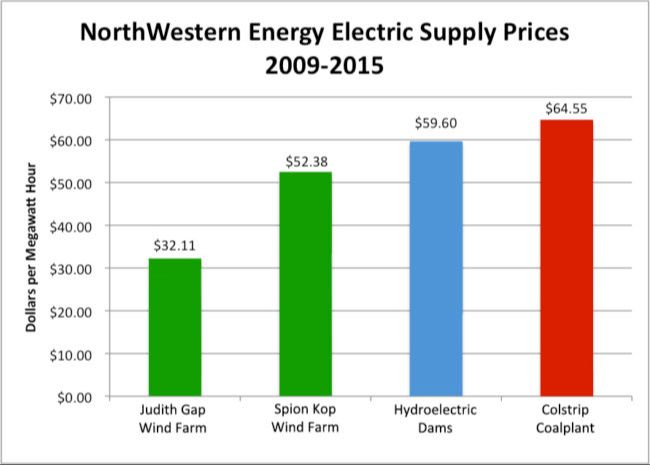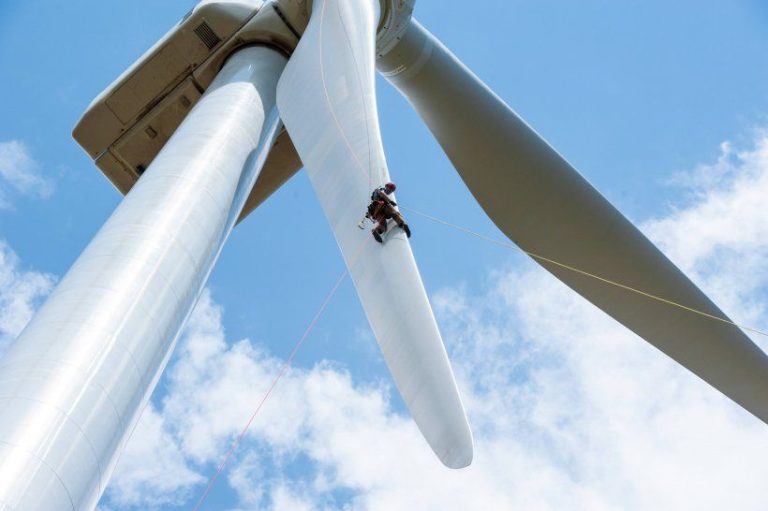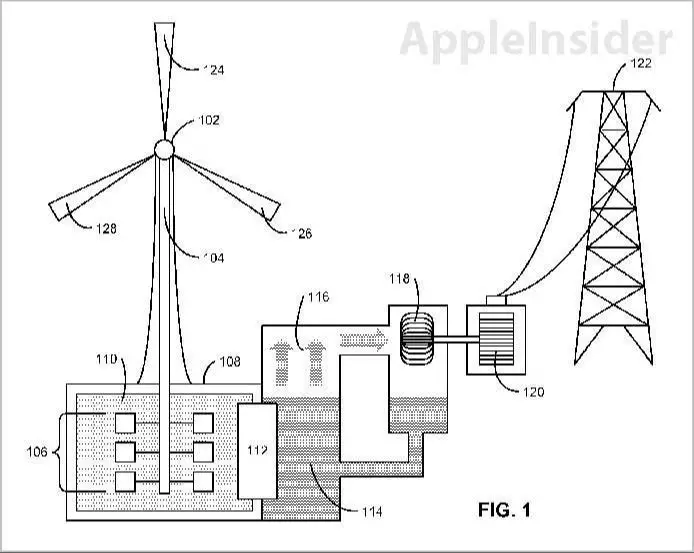Is Wind Power Better Than Fossil Fuels?

With concerns about climate change and fossil fuel dependence mounting, many countries are rapidly scaling up renewable energy. Wind power has emerged as one of the most promising renewable energy sources. But how does it really compare to traditional fossil fuels? This article provides a comprehensive analysis of wind power versus fossil fuels, comparing them across costs, environmental impacts, pros and cons, and more. We’ll examine key questions like: Is wind cheaper than fossil fuels? What are the advantages and disadvantages of each energy source? Which has less environmental impact? Read on for a complete head-to-head comparison of these two key energy sources.
Wind Power Overview
Wind power has been utilized as an energy source for thousands of years, dating back to early windmills used to pump water and grind grain in ancient Persia and China. The earliest known windmills were developed in Sistan, Iran as early as the 7th century CE. These “panemone” windmills used vertical sails to catch the wind and had a vertical driveshaft that turned a millstone to grind grain.
Windmills spread along trade routes to China and the Middle East. By the 11th century, horizontal windmills became popular across Europe for milling grain and pumping water. Windmills with multiple sails were an iconic part of the rural landscape up through the 19th century.
In the late 19th century, the first wind turbines capable of generating electricity were developed. These early wind turbines, designed for battery charging or auxiliary power on farms, gave birth to the modern wind power industry.
Commercial wind farms first emerged in the 1970s as oil prices increased. The development of lighter turbine materials, improved blade aerodynamics, and taller towers enabled larger scales of wind energy generation. By the end of 2020, global wind power capacity exceeded 740 gigawatts. [1]
Fossil Fuel Overview
Fossil fuels like coal, oil and natural gas were formed from the remains of ancient plants and animals that lived millions of years ago. Over time, the remains of these organisms were buried under layers of rock and sediment. As they decomposed, the organic matter was converted into fossil fuels by exposure to heat and pressure under the earth’s surface (EESI).
The use of fossil fuels for energy production began during the Industrial Revolution in the 18th century. Coal was the first fossil fuel to gain prominence as a source of energy, powering early steam engines and electricity generation. Petroleum, in the form of oil and natural gas, later became integral for powering internal combustion engines for transportation as well as electricity generation (Wikipedia).
Today, fossil fuels account for over 80% of the world’s primary energy consumption. However, burning fossil fuels produces greenhouse gases like carbon dioxide that contribute to climate change. There are also concerns over pollution and the finite nature of fossil fuel reserves (EESI).
Wind Power Pros
One of the biggest advantages of wind power is that it is a renewable energy source. Wind is constantly replenished and will never run out, unlike fossil fuels which are finite (Advantages and Challenges of Wind Energy, https://www.energy.gov/eere/wind/advantages-and-challenges-wind-energy). This makes wind power a sustainable long-term energy solution.
Wind power also does not produce any carbon emissions. The generation of electricity from wind turbines does not release greenhouse gases like carbon dioxide or methane. This is a major environmental benefit over fossil fuel power plants which contribute significantly to global warming and climate change (All the benefits of wind power, https://www.enelgreenpower.com/learning-hub/renewable-energies/wind-energy/advantages-wind-energy). Wind energy helps reduce the carbon footprint of power generation.
Cons of Wind Power
While wind power offers many advantages, it also has some notable disadvantages that need to be considered (https://www.energy.gov/eere/wind/advantages-and-challenges-wind-energy).
One of the main cons of wind power is its intermittent and variable nature. The wind does not blow consistently, which means wind turbines do not produce electricity at a constant rate. There can be large fluctuations in power generation over the course of a day or between seasons (https://www.constellation.com/energy-101/energy-innovation/wind-energy-pros-cons.html). This unpredictability can make integrating large amounts of wind power into the grid challenging.
Another disadvantage is the upfront capital cost required. Constructing large wind farms and turbines is expensive. The infrastructure and land requirements mean that substantial investments are needed before a wind project can generate electricity and revenue (https://justenergy.com/blog/wind-energy-pros-and-cons/).
There are also land use concerns with wind power. Wind farms can sometimes require large amounts of land area, which can raise issues regarding land use conflicts, habitat disruption, and visual impacts. Careful site selection is needed to minimize the land use footprint.
Fossil Fuel Pros
One of the biggest advantages of fossil fuels is that they are extremely reliable sources of energy. We have over a century of experience extracting, refining, transporting and generating useful energy from fossil fuel sources like coal, oil and natural gas. This makes our energy infrastructure well suited for continuing to utilize them (Kiwi Energy). The technology involved is proven and familiar, so energy companies can easily meet demands.
Fossil fuels, especially coal and oil, are also incredibly abundant. The world has vast reserves that can continue meeting energy needs for years to come. The ease of locating and extracting fossil fuel reserves makes them a dependable energy source compared to renewables like wind or solar that rely on weather conditions (UNC Pembroke). Their abundance allows countries to be energy self-sufficient without relying on foreign imports.
Fossil Fuel Cons
Burning fossil fuels like coal, oil, and gas releases carbon dioxide and other greenhouse gases into the atmosphere, which contributes significantly to climate change and global warming. According to the NRDC, fossil fuels accounted for 79% of U.S. greenhouse gas emissions in 2019 (1). These emissions trap heat, cause rising global temperatures, and lead to catastrophic environmental effects like melting ice caps, rising sea levels, and more extreme weather. Fossil fuel emissions also create smog and particulate pollution that is dangerous to human health.
Fossil fuels are nonrenewable, so they will eventually run out. Oil and gas reservoirs are limited and will start to dwindle as supply struggles to keep up with demand. Coal may last a bit longer, but it is still a finite resource. As easily accessible stores of fossil fuels are used up, it becomes more environmentally damaging and expensive to extract the remaining reserves through methods like fracking, tar sands mining, and mountaintop removal mining.
The extraction, processing, and transportation of fossil fuels can also lead to disastrous environmental contamination. Oil spills from tankers, wells, and pipelines have had catastrophic impacts on wildlife and ecosystems. Fracking has been linked to groundwater pollution. Coal mining practices like mountaintop removal are extremely destructive to habitats and pollute nearby watersheds with harmful runoff.
Cost Comparison
Wind power is becoming increasingly cost competitive with fossil fuel sources according to recent research. One analysis by the Montana Environmental Information Center found that electricity from a Montana wind farm costs around $32 per megawatt-hour, while electricity from a nearby coal plant costs almost double at $65 per megawatt-hour (https://meic.org/cost-of-wind-vs-fossil-fuels/). Another study from MIT showed that on average, the lifetime price of wind or solar is cheaper than building new fossil fuel plants (https://climate.mit.edu/ask-mit/would-getting-all-our-electricity-wind-and-solar-power-raise-price-electricity).
While offshore wind currently costs slightly more upfront than natural gas, research shows its costs are dropping rapidly. According to the Center for American Progress, offshore wind now ranges from $66-100 per MWh, compared to $45-74 for gas fired plants (https://www.americanprogress.org/article/offshore-wind-can-lower-energy-prices-and-beat-out-oil-and-gas/). As the offshore wind industry matures and achieves economies of scale, costs are projected to decrease further.
Environmental Impact
Wind power has a clear advantage over fossil fuels when it comes to environmental impact and emissions. According to the U.S. Energy Information Administration, wind power generates electricity without producing air pollution or carbon dioxide emissions1. In contrast, burning fossil fuels like coal, oil, and natural gas releases significant amounts of carbon dioxide, as well as other pollutants like nitrogen oxides and sulfur dioxide that contribute to smog, acid rain, and health issues2.
The Union of Concerned Scientists found that wind power can reduce carbon dioxide emissions by over 80% compared to coal and 22% over natural gas per unit of electricity generated. Since wind turbines don’t emit air pollutants or greenhouse gases, each megawatt-hour of electricity generated by wind replaces fossil fuel sources and avoids these emissions. This makes wind energy an effective way to reduce the carbon footprint of our electricity supply.
Conclusion
In summary, wind power has several key advantages over fossil fuels. Wind energy is renewable, emits zero greenhouse gases, and has become increasingly cost competitive with fossil fuels (https://energy5.com/wind-energy-vs-fossil-fuels-a-comparative-analysis). However, wind power also has some limitations like intermittency, land use requirements, and impacts on wildlife. Meanwhile, fossil fuels remain cheap and reliable, but have major environmental downsides.
Overall, wind energy shows great promise as a sustainable alternative to fossil fuels, but likely needs to be part of a diversified energy mix. Given the urgent need to reduce greenhouse gas emissions, governments should continue policies that encourage responsible wind power development and phase out incentives for fossil fuels. Individuals can also make an impact by choosing clean energy options. With the right strategies, wind power can play a major role in building a carbon-neutral energy future.




